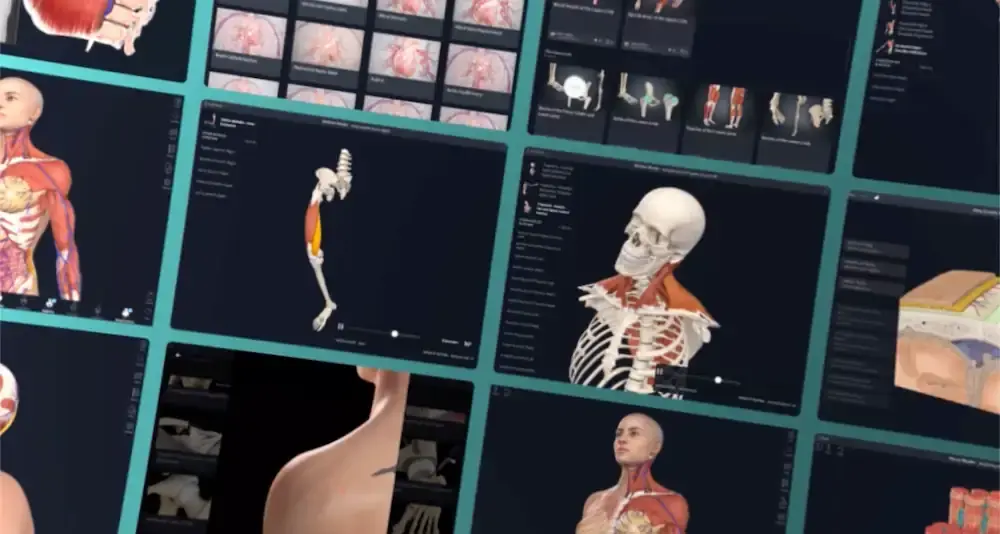
Lateral Branch of Posterior Ramus of First Thoracic Nerve (Left)
Ramus posterior lateralis nervi thoracici primi
Read moreLateral Branch of Posterior Ramus of First Thoracic Nerve (Left) Quick Facts
Origin: Posterior ramus of the thoracic nerve.
Course: Crosses laterally to the costotransverse joint and then dorsally and inferiorly.
Branches: None.
Supply: Motor innervation to levator costarum, longissimus, and iliocostalis muscles; Lower lateral branches (T7-T12) provide sensory innervation to skin of back.
Related parts of the anatomy
Lateral Branch of Posterior Ramus of First Thoracic Nerve (Left) Origin
The lateral branch is one of two branches that arise from of the posterior ramus of the thoracic nerves, the other being the medial branch.
Lateral Branch of Posterior Ramus of First Thoracic Nerve (Left) Course
Near the zygapophyseal joint, the posterior ramus of the thoracic nerve divides into medial and lateral branches. The lateral branch continues laterally, coursing between the superior costotransverse and intertransverse ligaments. As it reaches the medial border of levator costarum, the lateral branch travels inferoposteriorly. The upper lateral branches (T1-T6) remain intramuscular, while the lower lateral branches (T7-T12) continue to descend, piercing the serratus posterior inferior and latissimus dorsi muscles in line with the costal angles. These lower branches can descend a distance of four ribs to become cutaneous.
Lateral Branch of Posterior Ramus of First Thoracic Nerve (Left) Branches
There are no branches of the upper lateral branches; however, the lower lateral branches become cutaneous nerves as they pierce the latissimus dorsi muscle to reach the skin of the lower back and anterior gluteal region.
Lateral Branch of Posterior Ramus of First Thoracic Nerve (Left) Supplied Structures
The lateral branches of the posterior rami of thoracic nerves primarily supply motor innervation to the iliocostalis and longissimus muscles. The upper lateral branches of the posterior rami (T1-T6) convey sensory innervation from its target epaxial muscles, while the lower lateral branches (T7-T12) provide sensory innervation from the skin of the back and anterior gluteal region. See our dermatome map for cutaneous innervation.




